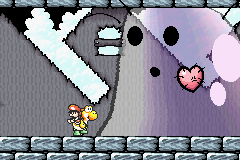Also the NeoGeo AES.Man, in the middle of 1989, after the PC-Engine/TurboGrafx-16 and Mega Drive/Genesis had long since been released in Japan, there were at the very least 7 more consoles that had either been announced, or rumored to be waiting in the wings, across Japan, the UK and the U.S./NA. that would launch during 1989 and 1990.
1. Nintendo Super Famicom
2. Konix Multi System aka Slipstream
3. Epyx 16-bit console/handheld
4. Amiga console based on the Amiga 500
5. Atari 16-bit console based on the ST line.
6. The Namco 16-bit console "Super System"
7. NEC 16-bit PC Engine 2
Of those, only like 3 and half of them came to market.
Epyx system bought by Atari, released as the Lynx
Amiga CDTV
NEC SuperGrafx (8-bit like the PC Engine but more RAM, VRAM and 2nd graphics chip)
Super Famicom SNES
canceled:
Konix MultiSystem
Namco 16-bit System
Atari 16-bit ST console (and Panther)
16-bit PC Engine 2
Weren't Taito and Konami were both also prototyping 16bit consoles?


:no_upscale()/cdn.vox-cdn.com/uploads/chorus_image/image/52682845/Screen_Shot_2017_01_10_at_12.49.31_PM.0.png)










